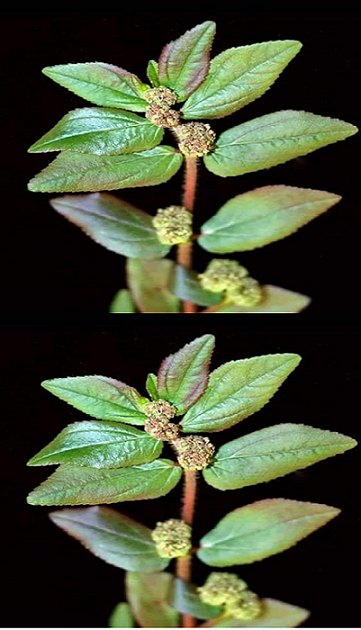Unfurling in a carpet of green where the Andes and Amazon basin meet in south-western Peru, Manú National Park is one of the most biodiverse corners of the planet: a lush, 1.5-million hectare Unesco-inscribed nature reserve wrapped in mist, covered in a chaos of vines and largely untouched by humans.
However, if you are able to make your way through the thick vegetation of the rainforest, cross its flowing rivers, and stay away from the pumas and jaguars, you may be able to see one of the few surviving representatives of the endangered cinchona officinalis tree. To the uneducated eye, the slender tree that stands 15 meters tall would seem to be a part of the wooded labyrinth. Nevertheless, the blooming plant, which is indigenous to the foothills of the Andes, has been the source of several tales and has influenced the course of human history for ages.
Nataly Canales, who was born and raised in the Madre de Dios area of the Amazonian region of Peru, said there is a possibility that this tree is not well recognized. Despite this, a component that was derived from this plant has been responsible for saving the lives of millions of people over the course of human history.
Learn more about the incredible potential of the plant that is shown in the picture; it is a natural wonder that offers a wide range of advantages to one’s health. This plant is a powerhouse of treatments for a broad variety of medical issues, bringing hope and relief to a great number of people. It is already well-known for the curative characteristics that it has. When it is properly produced, it has the potential to be an essential component of both preventative and curative health care programs.
see next page
